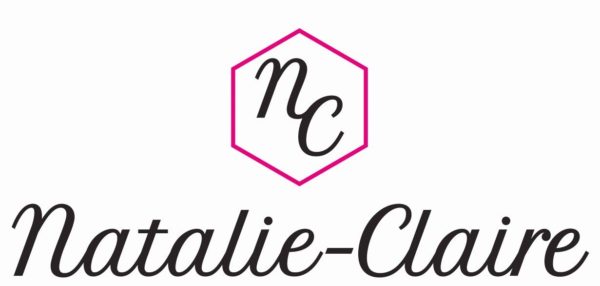
Structural Engineer
What does that involve, look like on a day-to-day basis?
On a day-to-day basis, I’m involved in the design and repair of residential and industrial buildings. This includes calculating structural elements, writing reports and drawing structural layout details of designs using engineering software.
How did you get started working in STEM?
When I graduated from university, I didn’t go into the industry straight away. I’ve gained experience in a variety of careers and entrepreneurship.
I am now returning to the engineering industry after 10 years and re-starting my career. For me this is a courageous decision. I want to be able to look back on my life and be proud for doing all the things I’m passionate about engineering and empowering women.
What qualifications did you take or gain along the way?
I graduated from university with a degree in Civil Engineering and went on to get a masters in Structural Engineering. I have additional qualifications in coaching, business, and communications.
Why do you love working in STEM?
I love working in STEM because of the impact we make every day, in a variety of sectors. Solving problems on a large scale and small scale with each one making a difference in the world we live today.
I’m passionate about learning and discovering how things work. I enjoy learning about systems and processes that improve our way of working and living. I’m also very passionate about helping women get into STEM and showing them that they too belong in STEM.
Each area of our lives is impacted by the work we do in STEM. Every day our world continues to develop and improve. Our homes, infrastructure, technology and environment are all impacted.
What challenges have you faced in your career? And how have you overcome them?
Some challenges I have faced in the past include bias and expectations.
There are some biases that are obvious due to being a black female engineer but there is also unconscious bias that can happen. More training in the industry is needed to address this.
There are two types of expectations that have been a challenge. When expectations are set so low, that you are treated in a condescending manner. Or in the opposite when expectations are so high that you end up on a glass cliff and are therefore likely to fail.
To overcome these challenges, I first educate myself to recognise these situations and then I communicate and speak out when I can. I also have mentors and supportive communities to help me navigate different challenges.
What advice would you offer for someone joining the STEM sectors?
To develop both your personal and professional skills. Personal development helps you to become more resilient and self-aware, which helps you navigate different situations, challenges and opportunities in STEM. Having both technical skills and interpersonal skills is a great advantage to your career.
What do we need to do as an industry to attract and keep more women in STEM?
As an industry we need a long-term commitment to understanding the challenges women face in their STEM career and to make the necessary changes to help women stay in the STEM industry.
We attract women by having adequate training and development programs for women starting their career at any stage – young adult, graduate, returner, or those who are making a career change. We can further support women through their career and progress them into leadership positions.
The way in which we work now has been a positive change to the constraints of typical office working hours. Roles that offer flexibility to office hours and remote working days are attractive to the modern woman.
